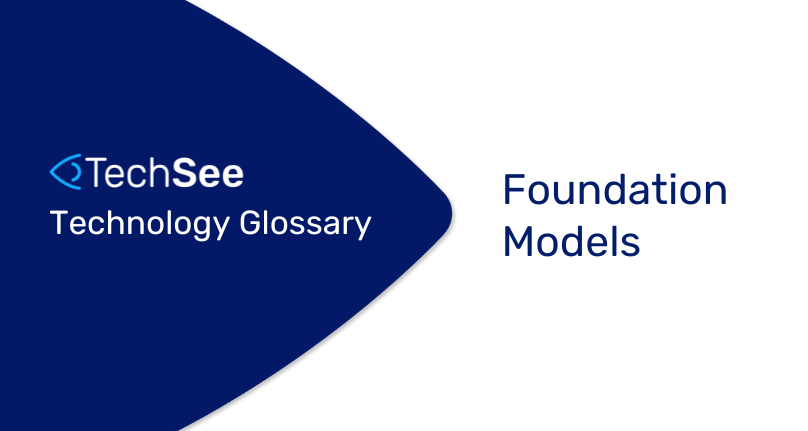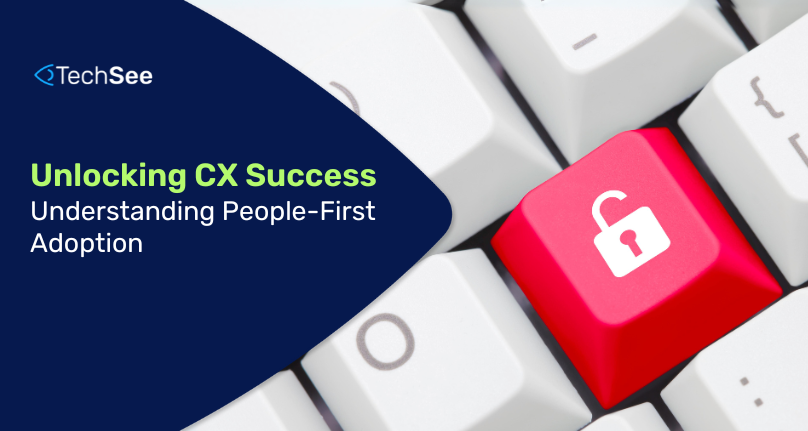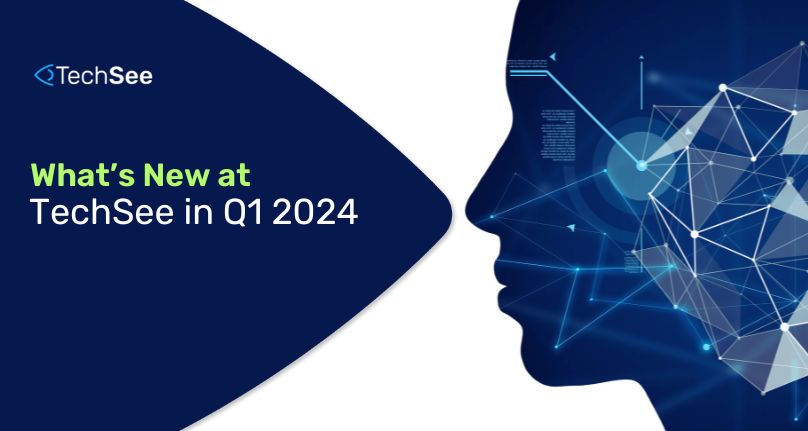In the realm of generative AI, Foundation Models stand as the core building blocks for diverse applications. As applied to the service industry and TechSee’s innovative solutions, Foundation Models are the fundamental AI framework empowering visual AI and multi sensory AI-based service automation.
How are Foundation Models used in Generative AI?
Foundation models in generative AI, like ChatGPT and VI Studio, are developed through a two-step process: pre-training and fine-tuning. These models are trained on massive amounts of text data to learn the statistical patterns, grammar, and semantics of the language. Similarly, visual foundation models use massive repositories of images to learn how to “see and perceive” imagery. More detailed applications can even identify the status of smaller parts of a larger image, such as an individual port or LED, and it’s status (unplugged or blinking red, respectively).
Let’s break down the development process, using the example of Large Language Models. A very similar process is used in visual foundation models.
- Pre-Training: In this phase, the model is trained on a massive corpus of text data, which can include books, articles, websites, and more. During pre-training, the model learns to predict the next word in a sentence based on the context of the previous words. It does this by using a transformer architecture, which consists of multiple layers of attention mechanisms and feedforward neural networks. The self-attention mechanism allows the model to consider the relationships between all words in a sentence, capturing both local and global context.
The training process involves adjusting the model’s parameters (weights and biases) to minimize the difference between its predicted next words and the actual next words in the training data. This process results in the model learning a vast amount of linguistic knowledge, from grammar and syntax to factual information and even some reasoning abilities. This pre-trained model is referred to as the “base model” or “encoder.”
- Fine-Tuning: After pre-training, the base model is further refined for specific tasks or applications through fine-tuning. Fine-tuning involves training the model on a smaller, task-specific dataset. For generative tasks like text completion, translation, or summarization, the fine-tuning data consists of examples and corresponding target outputs.
During fine-tuning, the model’s parameters are updated again, but this time, the adjustments are more specific to the desired task. The model adapts its knowledge acquired during pre-training to perform the specific task effectively. Fine-tuning also includes careful engineering and hyperparameter tuning to ensure optimal performance.
It’s important to note that the fine-tuning process requires labeled data for the specific task. This is one reason why the capabilities of foundation models might be limited to the data they were fine-tuned on and why they might struggle with tasks that require domain-specific knowledge not covered during their training. In order to deliver practical applications, most enterprises will utilize a variety of techniques to build customized knowledge and capabilities on top of the LLM’s foundation model.
Developing foundation models in generative AI involves the iterative improvement of these two phases, often requiring substantial computational resources and careful optimization. The architecture, scale, and quality of data used significantly influence the model’s final capabilities. Researchers continually refine these models to enhance their linguistic understanding, reasoning abilities, and problem-solving skills.
At TechSee, we harness the power of Foundation Models to enhance and automate customer support via Generative AI. This powers our automated agent CoPilot, our automated visual modelling, and our automated end-customer service automation.
To learn more about TechSee and how we can help your business, schedule your complimentary consultation today.





